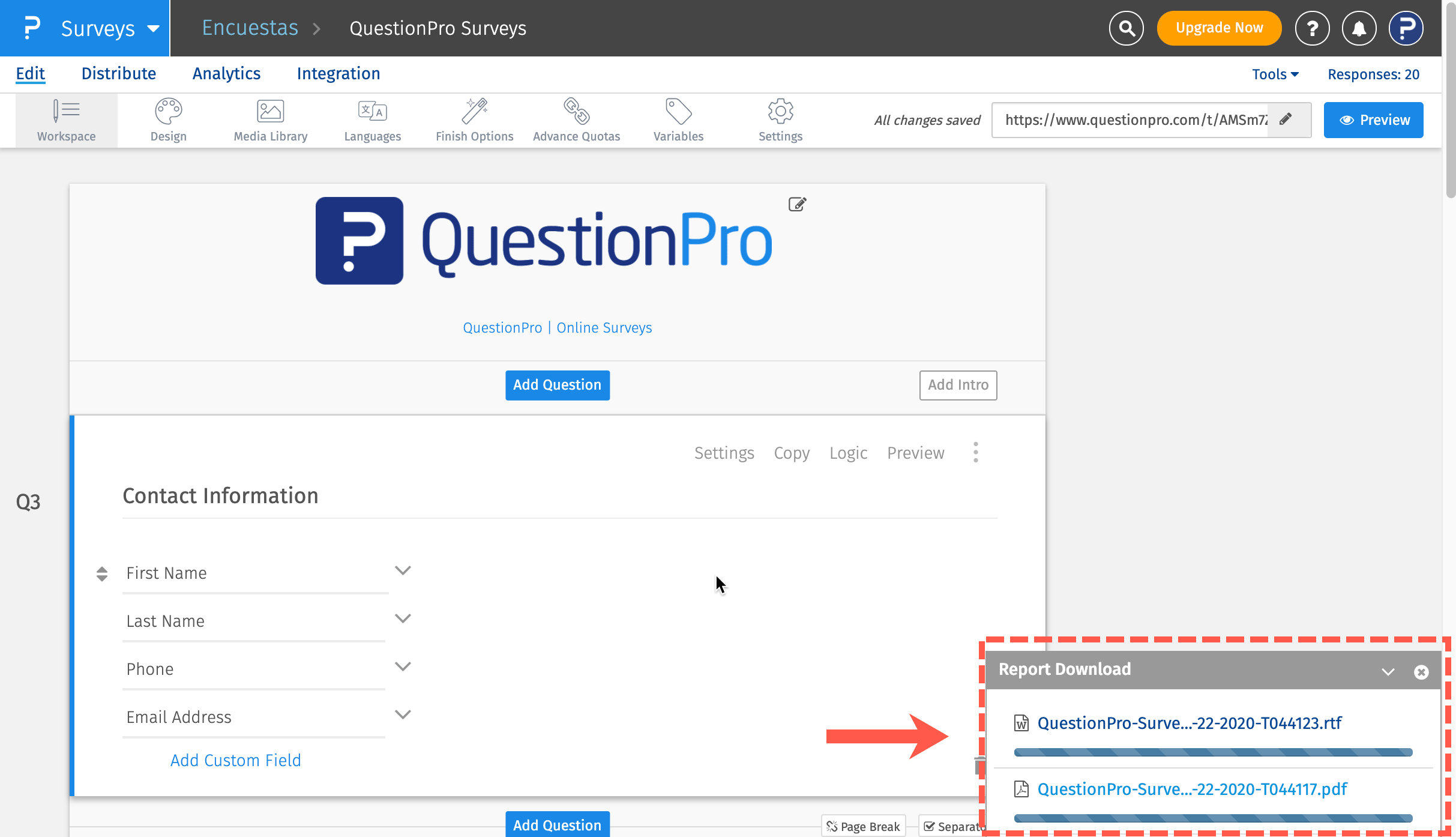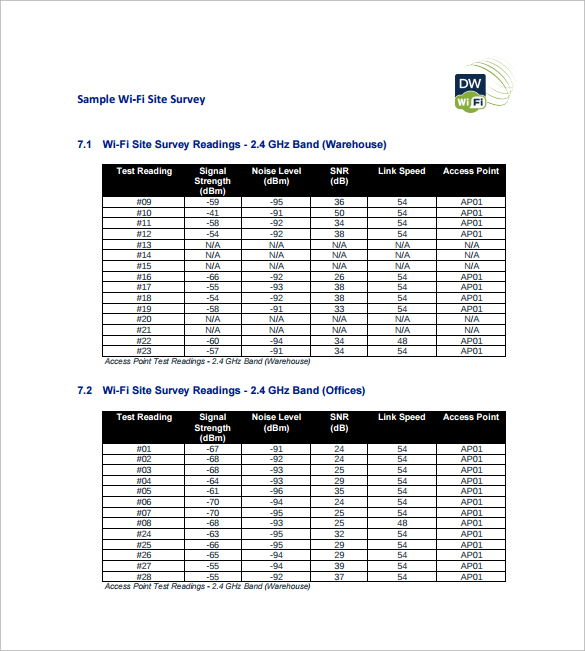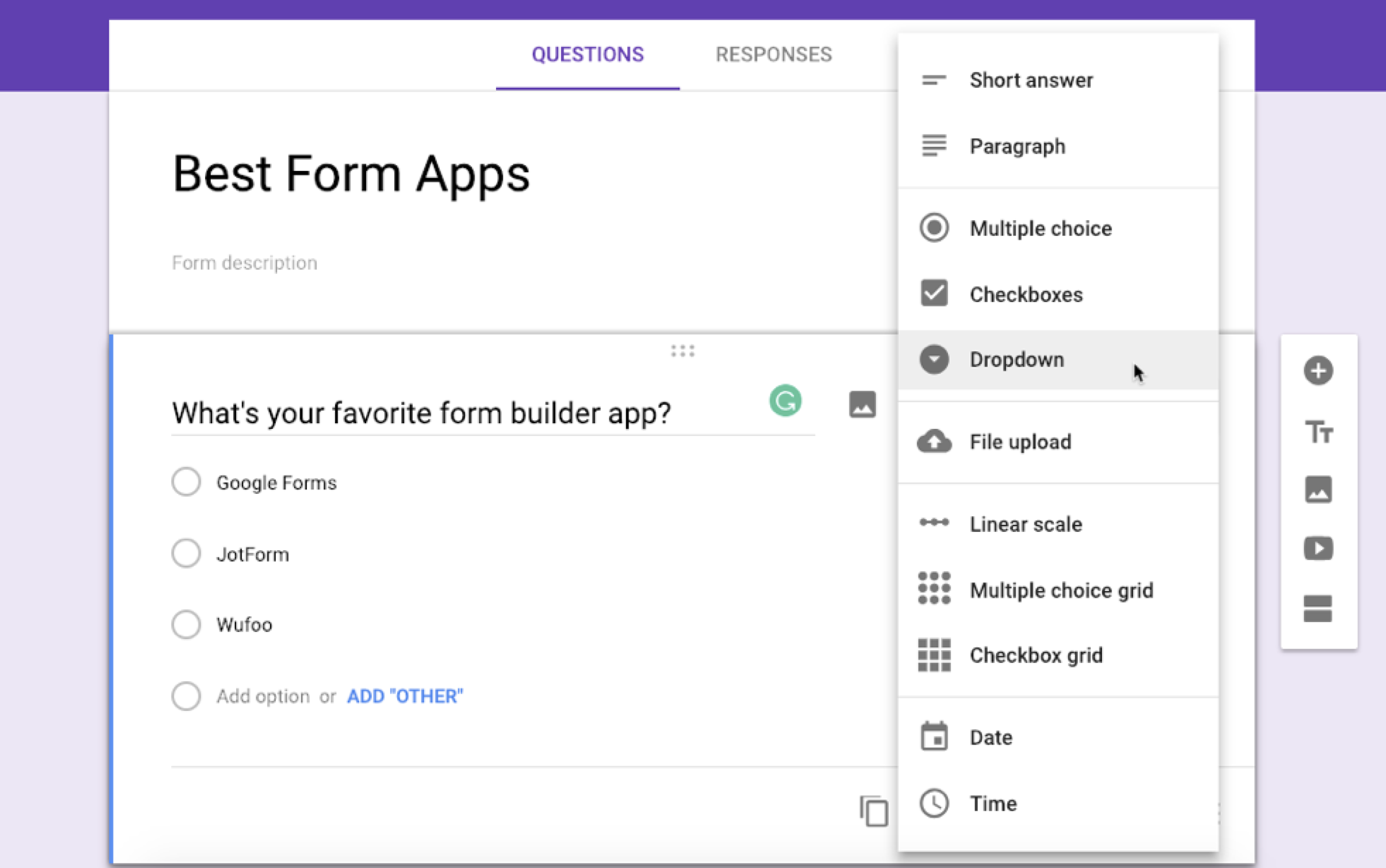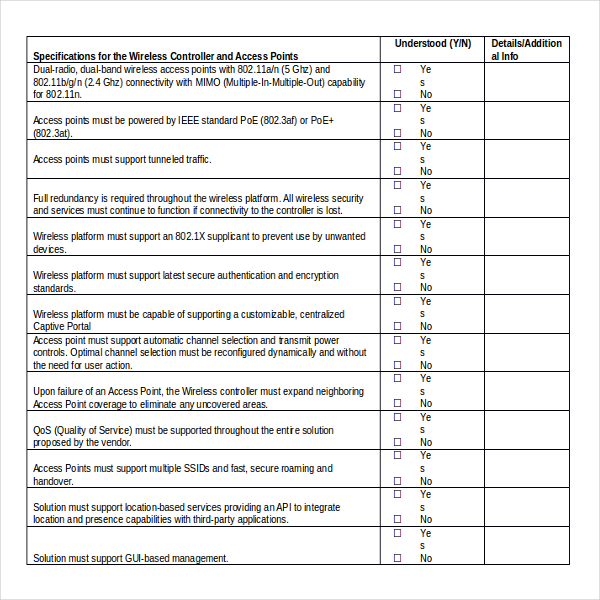Important
The functionality of saving a site as a template described in this article is only supported in SharePoint Server 2013, SharePoint Server 2016, SharePoint Server 2019 (classic sites only), and SharePoint Online (classic sites only).
It is not supported in SharePoint Online (modern sites) or SharePoint Server 2019 (modern sites).
Download Site Survey Template Microsoft Word Free Download
Download our ready-made survey templates instantly, anytime, anywhere, at any device. Easy to use and fully compatible in all versions of Microsoft Word. Subscribe now and download our practical, professional, and premium survey templates today! That's why you will enjoy creation of business cards, postcards, brochures, posters etc. Using our free Word templates. Our MS Word templates feature: standard size for printing, high resolution images, customized layout files, compatibility with various versions of Microsoft Word.

Learn how to design and build robust applications by using SharePoint site templates.
You can design and build robust SharePoint applications that include a rich set of data sources, customer-facing views and forms, highly customized workflows, and more. Once you've built your business solution site, you can start to use it immediately in your SharePoint environment. Or, you can turn your solution into a template and deploy it in another environment, make it available to users so they can create new sites from it, or hand it off for additional development in Visual Studio.
What is a SharePoint site template?

SharePoint site templates are prebuilt definitions designed around a particular business need. You can use these templates as they are to create your own SharePoint site, and then customize the site as much as you want. You're probably familiar with the default site templates, such as Team Site, Project Site, and Communities Site.
In addition to the default templates, you can create your own site template based on a site you've created and customized. This is a powerful feature that allows you to create a custom solution and then share that solution with your peers, the broader organization, or outside organizations. You can also package the site and open it in another environment or application such as Visual Studio and also customize it there.

Turning your customized site or business solution into a template is an extremely useful and very powerful capability. Once you start to package your solution as a template, you begin to realize the potential of SharePoint as a platform for business applications. The site template option makes all of this possible.
When you save your site as a template, you create a Web Solution Package, or WSP. A WSP is a CAB file that uses the solution manifest. The solution that you create is stored in the solutions gallery for the SharePoint site collection. Once you save the template, a solution file (.wsp) is created and stored in the solutions gallery where you can download or activate the solution.
Note
The WSP you create is a partial trust user solution that has the same declarative format as a full trust SharePoint solution. However, it does not support the full extent of feature element types that are supported by full trust solutions.
What gets saved in a template?
When you save a SharePoint site as a template, you're saving the overall framework of the site — its lists and libraries, views and forms, and workflows. In addition to these components, you can include the contents of the site in the template; for example, the documents stored in the document libraries. This could be useful to provide sample content for users to get started with. Consider that this could also increase the size of your template beyond the default 50-MB site template limit.
Most of the objects in a site are included and supported by the template. However, there are several objects and features that are not supported.
Supported Lists, libraries, external lists, data source connections, list views and data views, custom forms, workflows, content types, custom actions, navigation, site pages, master pages, modules, and web templates.
Unsupported Customized permissions, running workflow instances, list item version history, workflow tasks associated with running workflows, people or group field values, taxonomy field values, publishing pages and publishing sites, My Sites, stapled features, SharePoint Add-ins, and remote event receivers.
Note
For publishing sites, you can use site definition templates. For more information, see Additional resources at the end of this topic.
What can you do with SharePoint templates?
Saving a site as a template is a powerful feature because it offers so many uses of custom sites. Here are the immediate benefits you get from saving a site as a template:
- Deploy solutions immediately Save and activate the template in the solutions gallery and let other employees create new sites from this template. You can select it, and then create a new site from it, which will inherit the components of the site, its structure, workflows, and more. You don't need Visual Studio to create your solution, and you have to access the server directly and run server administrator commands. Just save the site as a template, activate it, and off you go.
- Portability In addition to deploying a custom solution in your environment, you can download the .wsp file, take it on the road, and deploy it in another SharePoint environment. All of your site customization is conveniently stored in one file.
- Extensibility As a Web Solution Package, you can open your customized site in Visual Studio, perform additional development customization to the template, and then deploy it to SharePoint. SharePoint site development, as a result, can go through a solution life cycle (develop, stage, and put into production) that includes SharePoint Designer 2013, Visual Studio, and the browser.
As you begin to create custom sites in SharePoint, you'll discover even more benefits to turning your site into a solution that can be made portable across the organization. The basic steps to working with site templates are as follows:
- Save a site as a template to the solutions gallery.
- Download the site template from the solutions gallery to a .wsp file.
- Upload the .wsp file to the solutions gallery.
After you add a site template to the solutions gallery and the template is activated, the next time that you create a site or subsite, the template is available for selection in the Custom tab of the Template Selection section on the New SharePoint Site page.
Save a site as a template to the solutions gallery
Navigate to the top-level site of your site collection.
Click Settings, and then click Site Settings.
In the Site Actions section, click Save site as a template.
Specify a name to use for the template file in the File name box.
Specify a name and description for the template in the Template name and Template description boxes.
To include the content of the site in the site template, select the Include Content box.
Note
Including the content of the site can increase the size of the template significantly. The default size limit for a site template is 50 MB but might be less in your organization. You can always exclude the content, and then copy what you need later into the new site. Or, you can increase the size limit. For example, to increase the limit to the maximum allowed, use the following Stsadm command syntax. >
stsadm -o setproperty -pn max-template-document-size -pv 524288000Click OK to save the template.
If all of the components on the site are valid, the template is created, and you see a message that states 'Operation Completed Successfully.'
Do one of the following:
- To return to your site, click OK.
- To go directly to the site template, click Solutions Gallery.
Download the site template from the solutions gallery to a file
- Navigate to the top-level site of your site collection.
- Click Settings, and then click Site Settings.
- In the Web Designer Galleries section, click Solutions.
- If it's necessary to activate the solution, select it, and in the Commands group, click Activate. Then, on the Activate Solution Confirmation screen, in the Commands group, click Activate.
- To download the solution, click its name in the solutions gallery, and click Save. Then, in the Save As dialog box, browse to the location where you want to save the solution, click Save, and then click Close.

Upload the site template file to a solutions gallery
Download Site Survey Template Microsoft Word Free Online
- Navigate to the top-level site of your site collection.
- Click Settings, and then click Site Settings.
- In the Web Designer Galleries section, click Solutions.
- To upload the solution, in the Commands group, click Upload, and then in the Add a Document dialog box, click Browse. Then, in the Choose File to Upload dialog box, locate the file, select it, click Open, and then click OK.
- To activate the solution, on the activate solution confirmation screen, in the Commands group, click Activate.
See also
The earth is a land that has lot to offer and a lot to hide. Field survey reports are a technique to understand a land in a better manner so that it can be out to good and appropriate use and no mistakes are done. It is often said that prevention is better than cure and if certain precautions are taken, many disasters can be averted. This report will help you in doing just that. If you understand the land in a better way, you will be aware of what better use it can be put to. For instance, whether a land is suitable for farming or would it be better to use it for construction. If field survey reports are not presented, construction might begin at a place that was not appropriate which could lead to life threatening consequences. This is the field survey are so important.
There are many steps that are carried out in making a field survey report. It is comprised of conducting interviews, making sketches and measurements and great observation. The importance of field surveys can be emphasized enough. They help you in understanding conditions of a land so that you can become aware of the problems that it has and take the necessary steps. It is an extensive study which cannot be taken lightly. When making a field survey report you have to take certain steps. The first thing that you have to do is identify the reason of the survey. What prompted the examination of this land? Once you have understood the purpose of this survey, you can collect the tools required and the techniques you will have to perform.
Here is preview of a Free Sample Field Survey Report Template created using MS Word,
Download Site Survey Template Microsoft Word Free
Once you have done all the procedures like observation, measurements, interviews and other things, you can start to make your report. It is important that your report is concise and yet has all the necessary details. You need to organize the information according to the objectives that you set out to achieve that is the purpose of the conduction of the survey and the results you obtained. Make sure your analysis has all the aspects. Support your field survey report with notes, Filed sketches, photographs and case studies. Use a spreadsheet to tabulate the information that you received from interviews and questionnaire. Make sure that your report has the maps and diagrams which will be useful to give a better understanding of the geographical variations. You need to remember that the person reading the report might not be an expert in geographical terms so make sure that the language of your report is easy to understand and has all the details that are required to reach to a conclusion about the land.
Field survey report is an exercise through which many problems can be avoided which is why it is important that it gets the attention it deserves at every level and this step is not neglected. They will help you in making better use of the land available and would enable you to make correct decisions that will be beneficial for the people.
Survey Template Doc Free

Editable Survey Template Word
Here is download link for this Field Survey Report Template,
Download Site Survey Template Microsoft Word Free Downloads
Related Word Templates:
